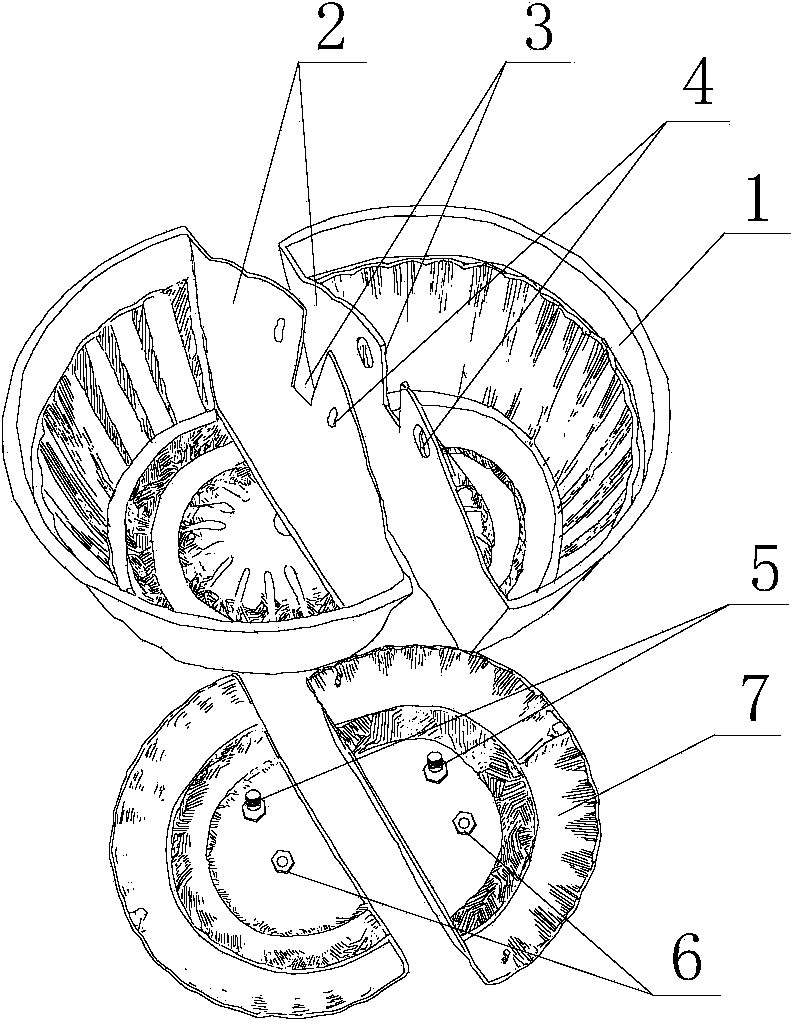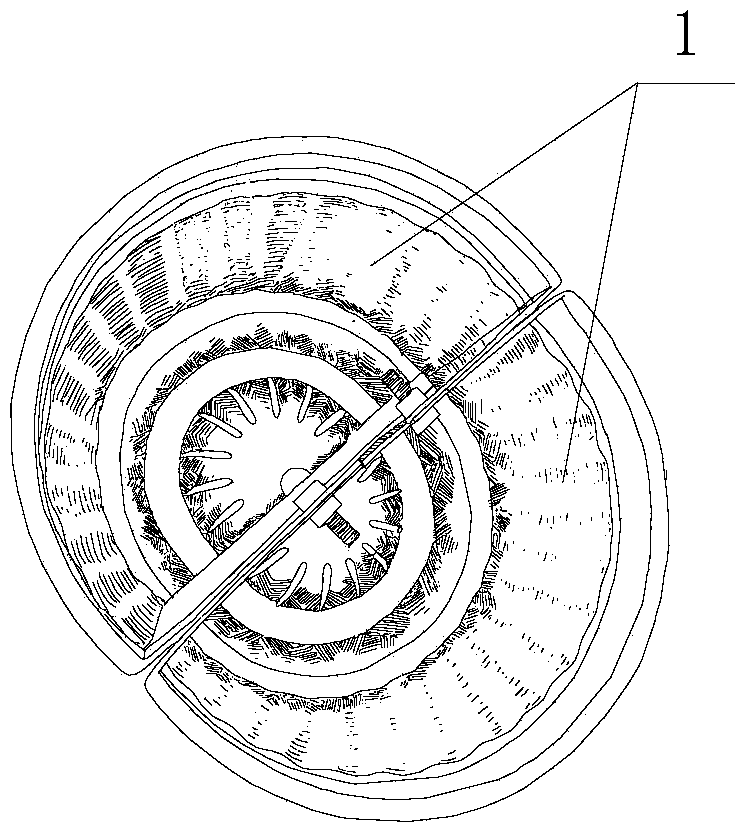Establishment method for irrigation test system in forest root division zone
A method of establishing a root zone, a technique for establishing a root zone, which is applied in the field of establishing a forest tree root zone irrigation test system, can solve problems such as relatively large influence on the accuracy of test results, long time required for scientific research work, and long growth cycle, so as to ensure consistency and controllability, maintaining mutual independence, and the effect of well-developed tree fibrous root system
- Summary
- Abstract
- Description
- Claims
- Application Information
AI Technical Summary
Problems solved by technology
Method used
Image
Examples
Embodiment 1
[0039] Collect full and plump ginkgo seeds from the scion mother tree. The ginkgo seeds will germinate in spring (early March) at a temperature of 20-30°C. After the radicle grows to 1.0-2.0cm, the root tip will be cut off. Remove the root tip part 0.2~0.5cm away from the radicle tip, and sow the seeds by wide and narrow row on-demand method. The specific operation is 40cm wide row, 15cm narrow row, 6cm hole distance, and two ginkgo seeds are sown on demand at an interval of 3~4cm in each hole. Seeds, and the radicles of two ginkgo seeds are placed opposite each other.
[0040] In autumn, generally from mid-August to mid-to-late September, seedlings with basically the same size and complete root system are selected as rootstocks for grafting, and well-developed branches of the same ginkgo tree are selected as scions. To be basically the same as the rootstock, the leaves should be removed immediately after the scion is picked to prevent the scion from dehydration. Grafting pro...
Embodiment 2
[0044] Collect the full and plump ginkgo seeds on the scion mother tree, and germinate the seeds in spring (early March) at 20-30°C until the radicle grows to 1.0-2.0cm, depending on the length of the radicle, it will be 0.2-0.5 from the tip of the radicle. The root tip part of cm is removed, and the seeds are sown in wide and narrow rows. The wide row is 40 cm, the narrow row is 15 cm, and the hole distance is 6 cm. Two ginkgo seeds are sown on demand at an interval of 3 to 4 cm in each hole, and the radicles of the two ginkgo seeds are placed opposite to each other.
[0045] In autumn, generally from mid-August to mid-to-late September, seedlings with the same size and complete root system are selected as rootstocks for grafting, and well-developed annual shoots on the same ginkgo tree are selected as scions. The rootstocks are basically equal, and the leaves are removed immediately after the scion is picked to prevent the scion from dehydration. Such as figure 1 As shown, ...
PUM
 Login to View More
Login to View More Abstract
Description
Claims
Application Information
 Login to View More
Login to View More - R&D
- Intellectual Property
- Life Sciences
- Materials
- Tech Scout
- Unparalleled Data Quality
- Higher Quality Content
- 60% Fewer Hallucinations
Browse by: Latest US Patents, China's latest patents, Technical Efficacy Thesaurus, Application Domain, Technology Topic, Popular Technical Reports.
© 2025 PatSnap. All rights reserved.Legal|Privacy policy|Modern Slavery Act Transparency Statement|Sitemap|About US| Contact US: help@patsnap.com



